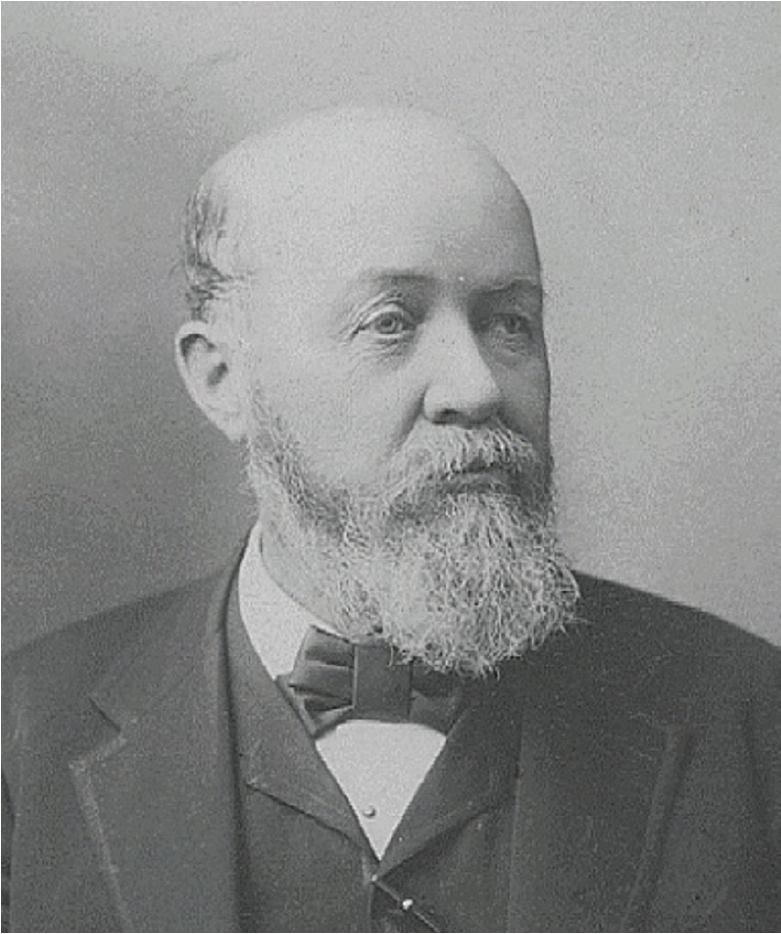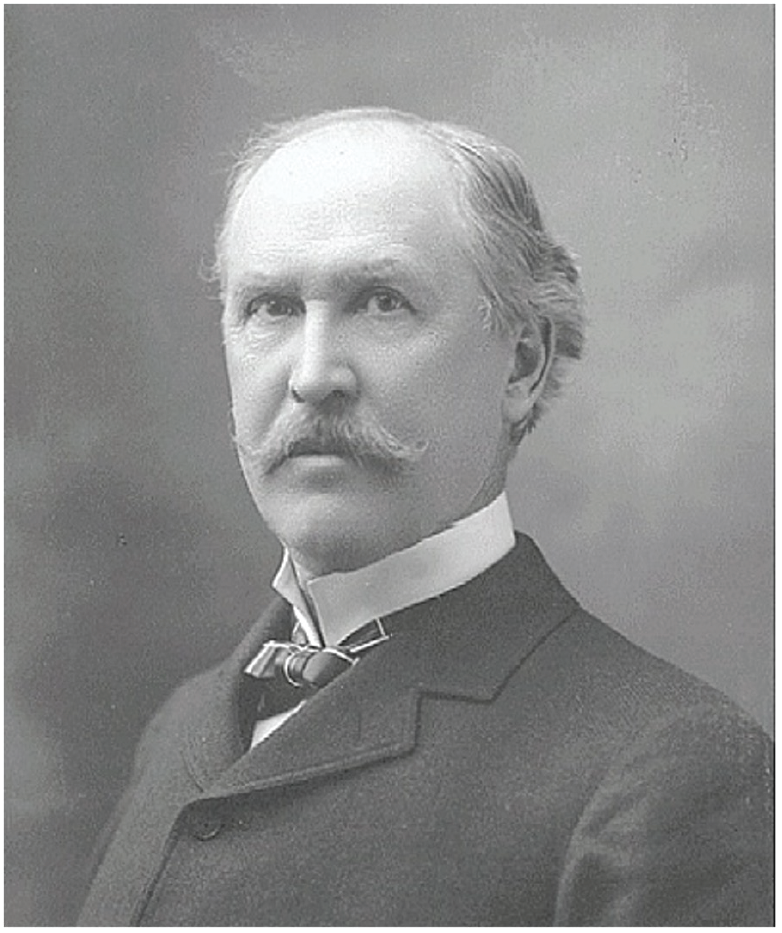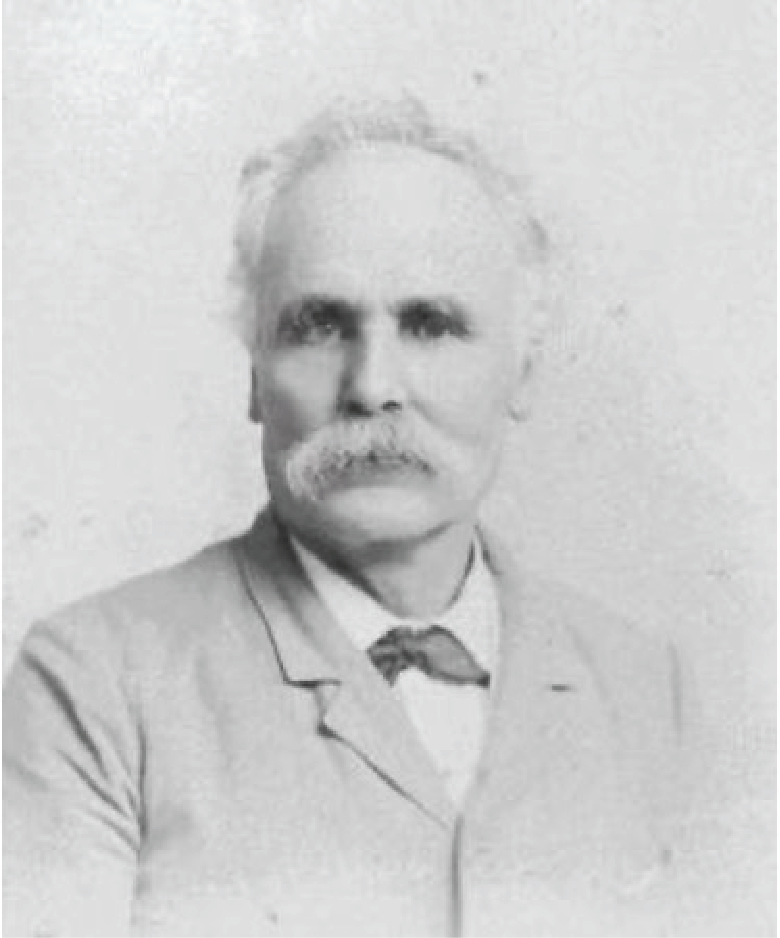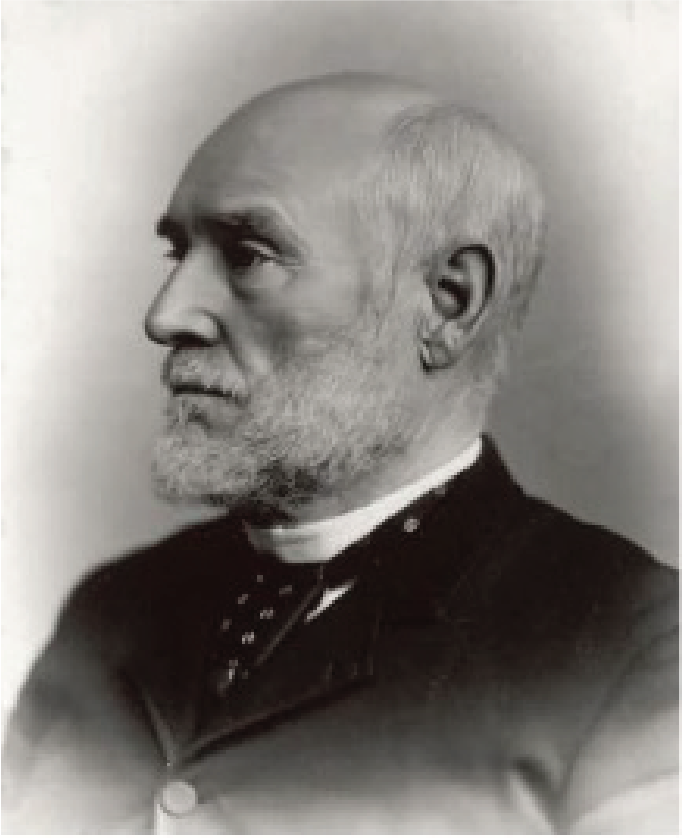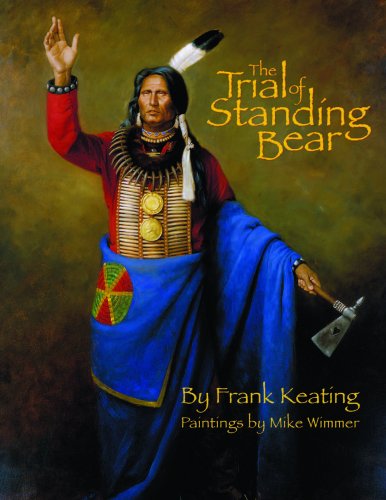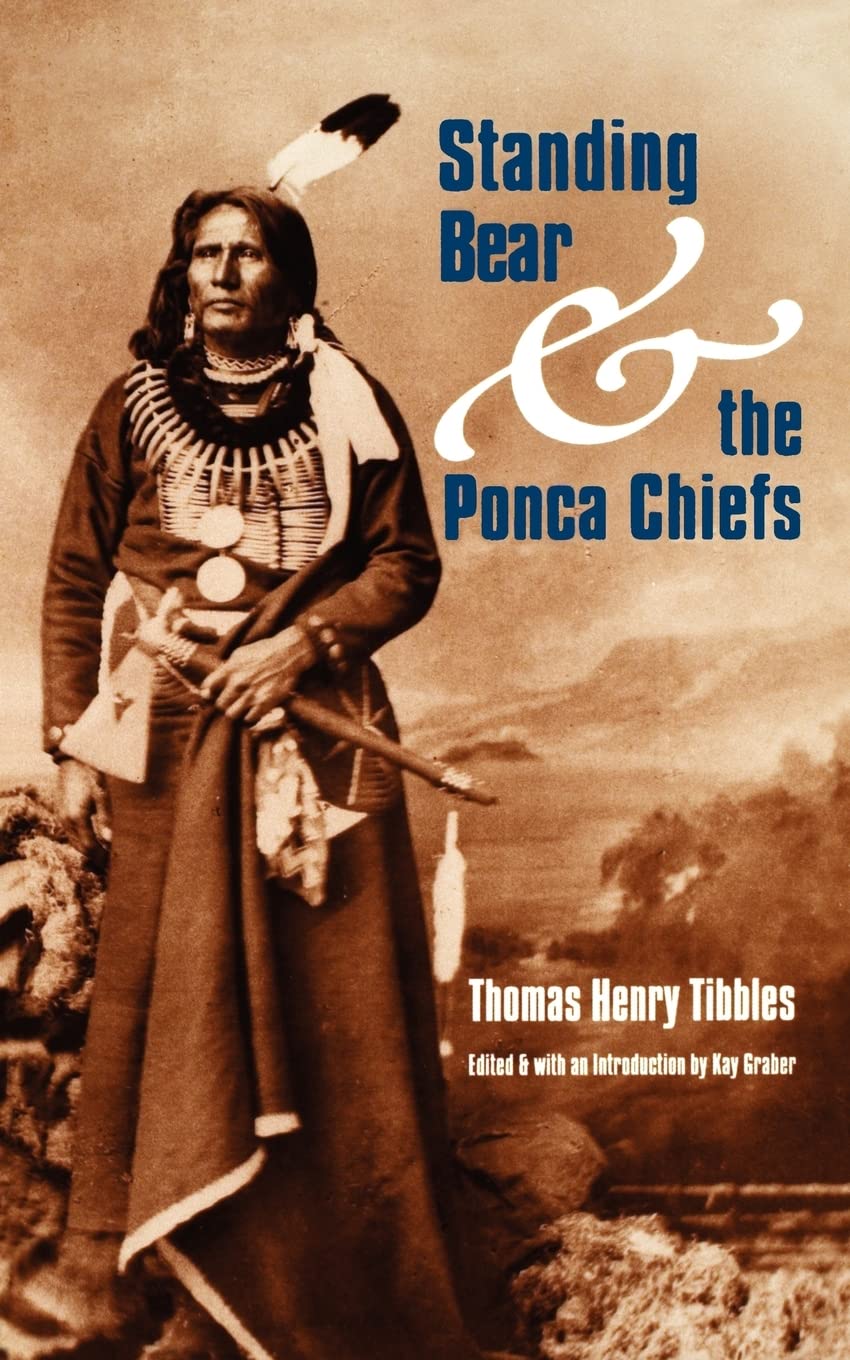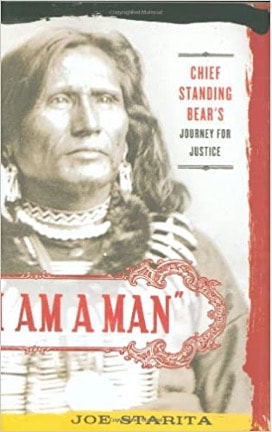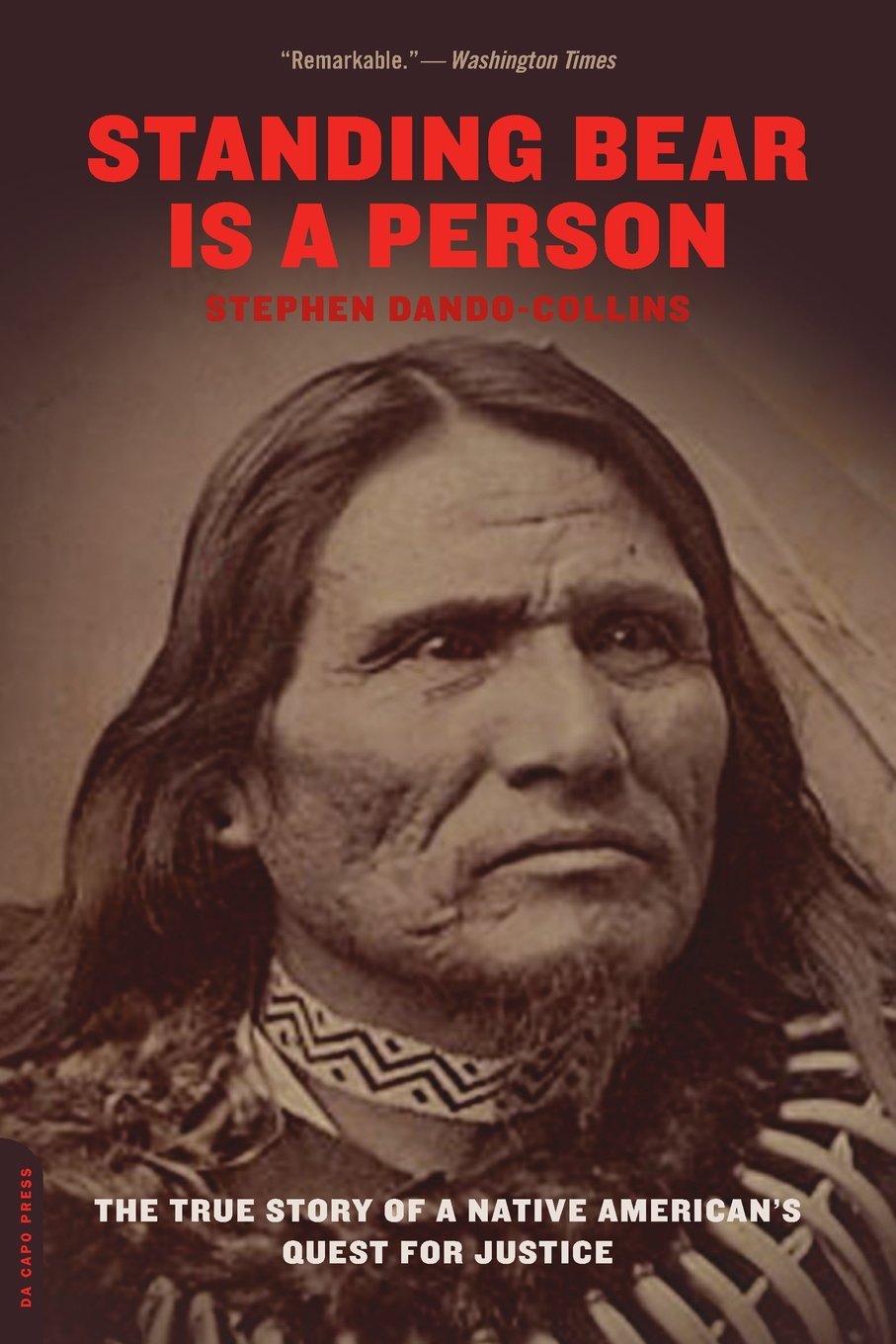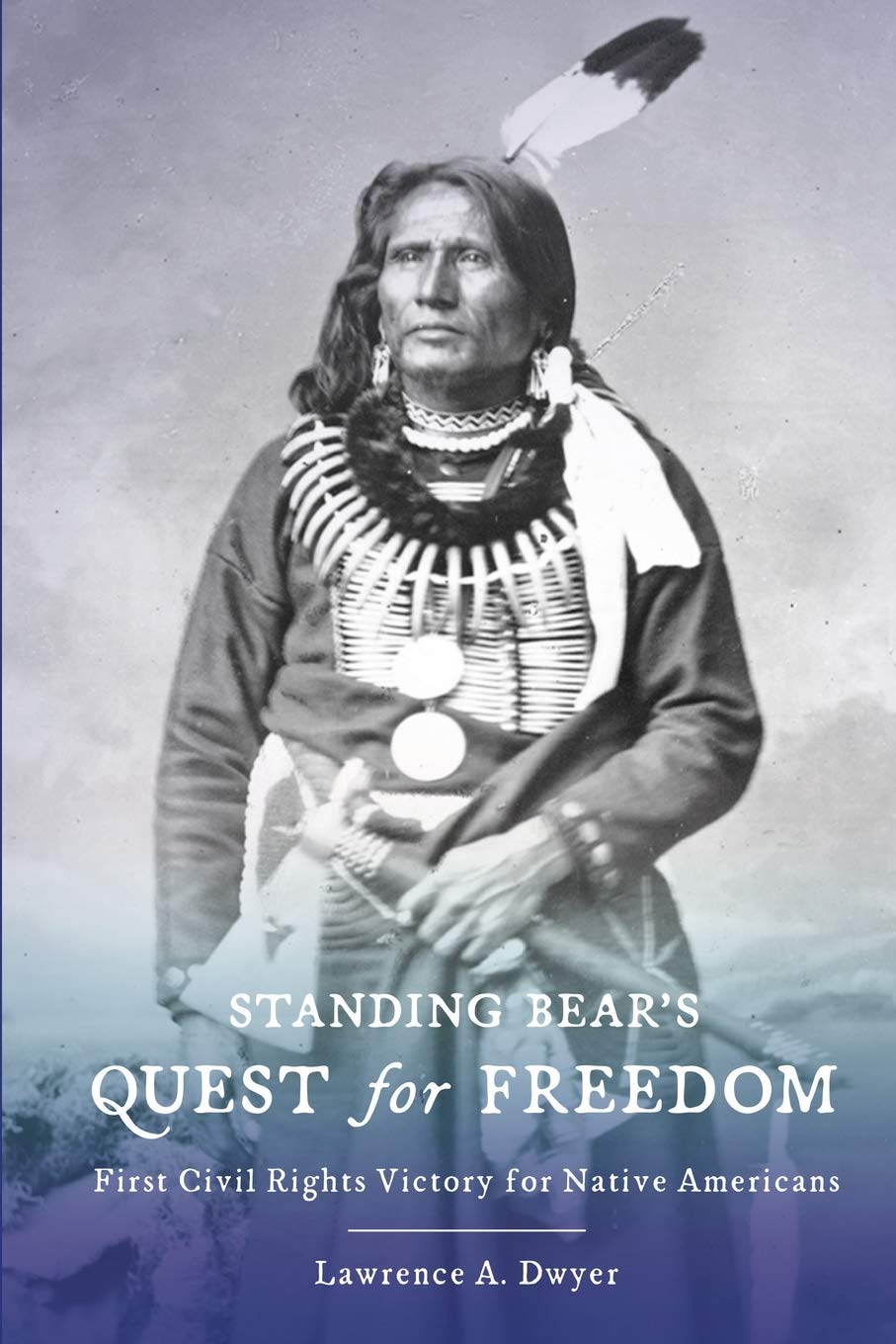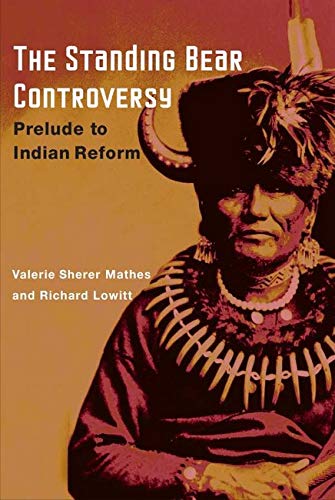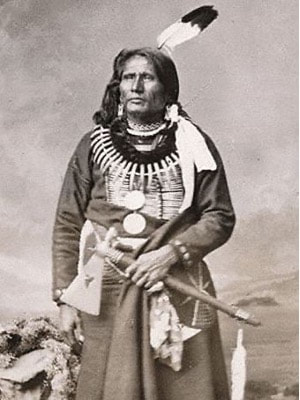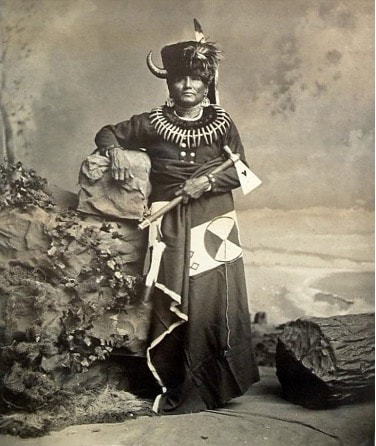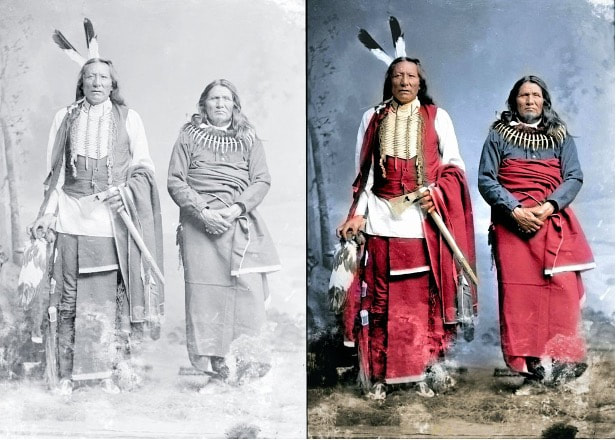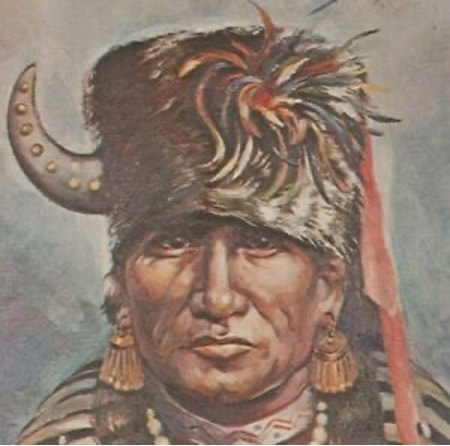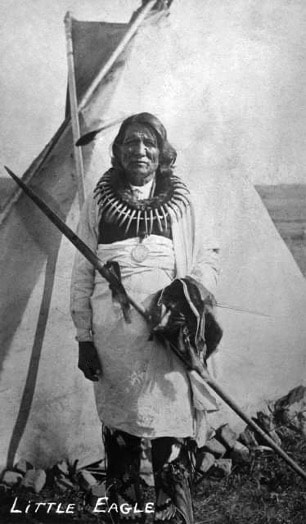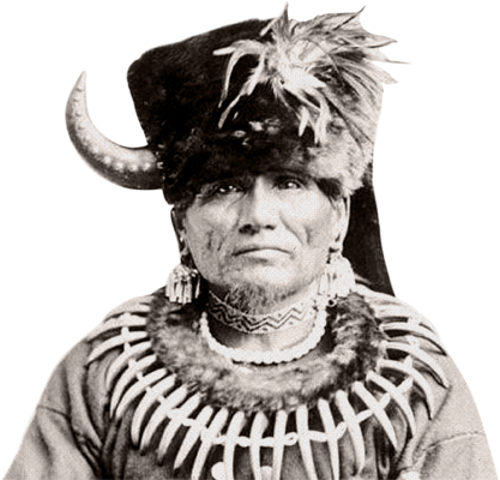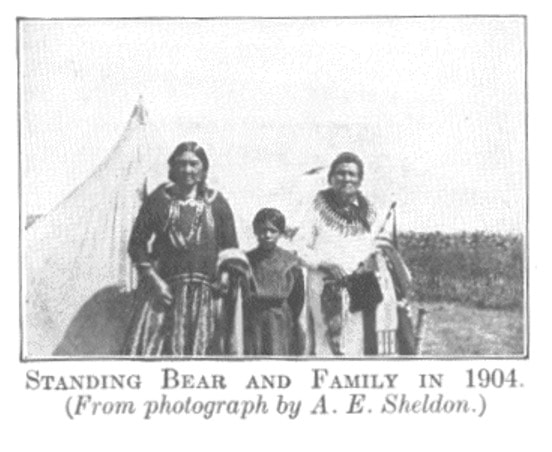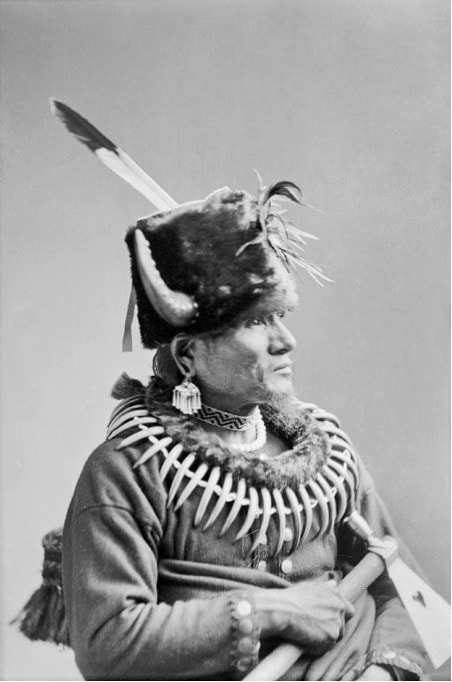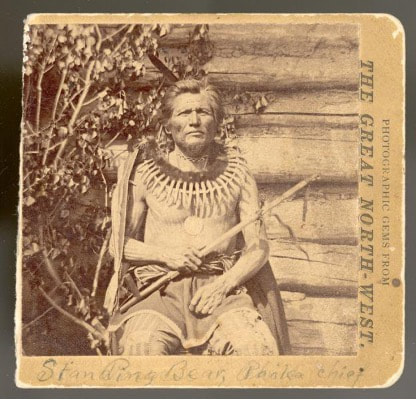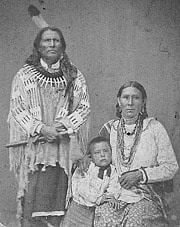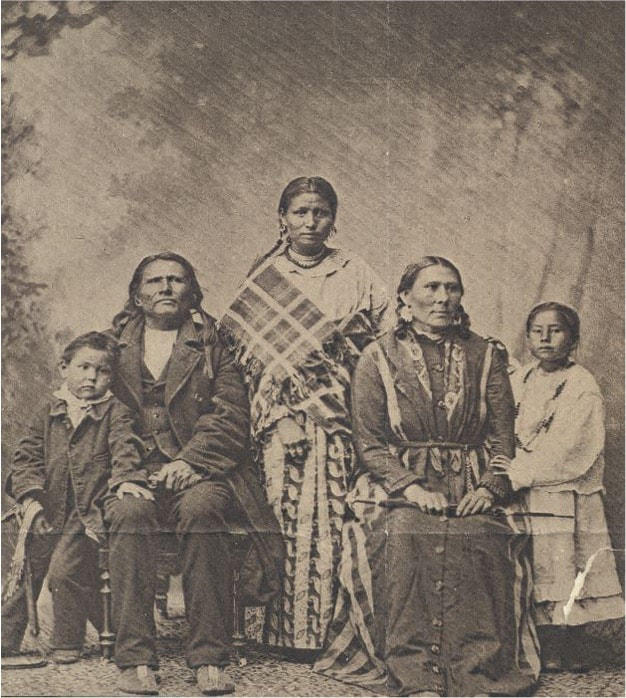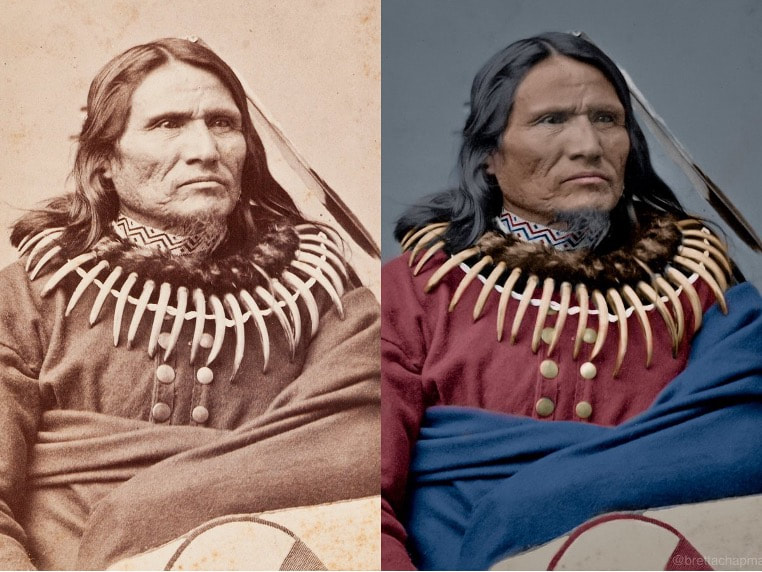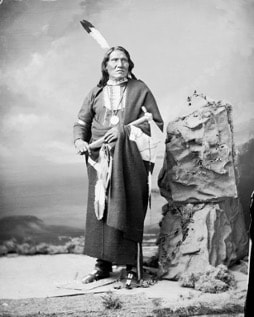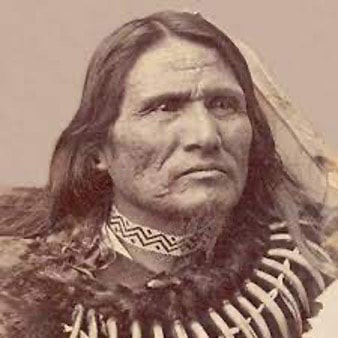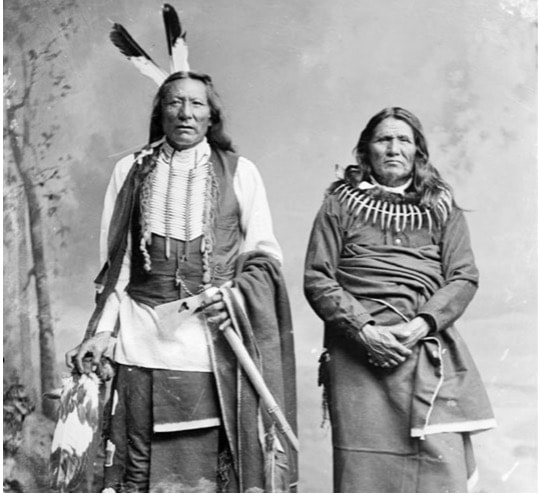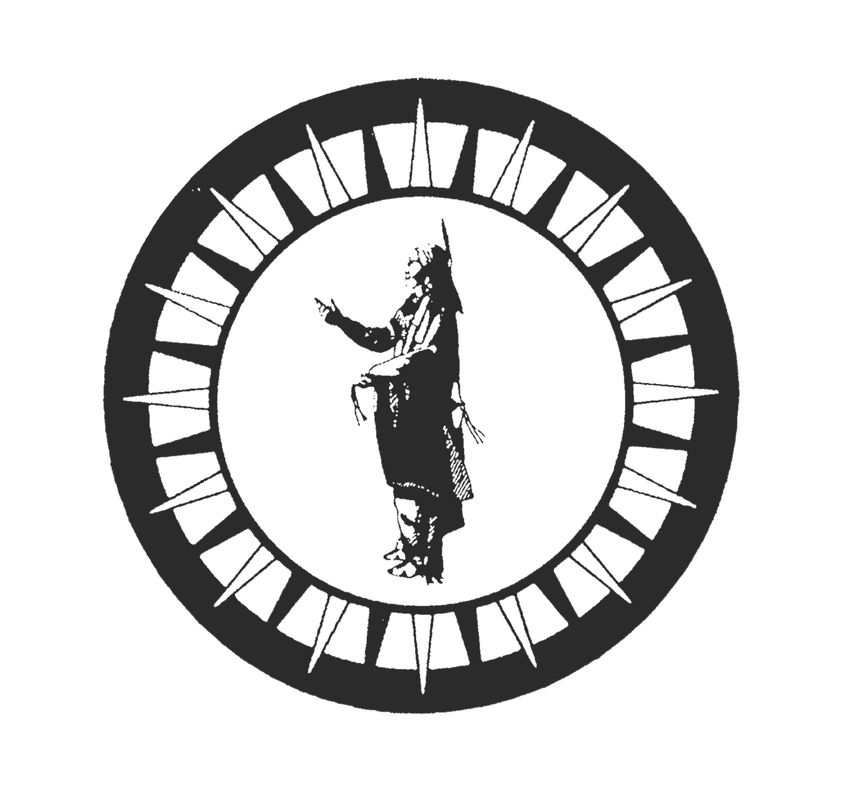The Story of Ponca Chief Standing Bear
It was January 1877 when the decision was made that the Poncas should be moved to Indian Territory. The Poncas were a peaceful nation of farmers and hunters living along the Niobrara River in northeastern Nebraska. They made a good living there and were fearful about leaving.
Standing Bear and the other chiefs traveled by train to inspect the “Warm Lands” of Indian Territory. Unaccustomed to the climate, they became ill, said they would not bring their people south to die and wished to return home. They found themselves with no food or money, in a place where no one spoke their language. Thus began a wintry, 500-mile walk. In 1877 the Poncas were told that they were to be moved to Indian Territory, by force if necessary.
The dreaded journey “toward the heat” began in April 1877. The members of the tribe who would not go willingly were driven from their village like cattle. All their belongings, tools, seed, and household goods were taken by the soldiers. The old, the sick, and the children suffered the most. Standing Bear’s own daughter, Prairie Flower, died on the long walk.
In July, they reached Indian Territory. The U.S. government had made no provision for their support and many fell ill. Standing Bear’s 16-year-old son died. On his deathbed, he asked to be buried in the land of his grandfathers instead of in the spiritless Indian Territory. Veiled in darkness, Standing Bear and 29 others fled one January night in 1879 - starting the long journey back to Nebraska. He would keep his promise to his son. He would carry his body home.
Standing Bear and the other chiefs traveled by train to inspect the “Warm Lands” of Indian Territory. Unaccustomed to the climate, they became ill, said they would not bring their people south to die and wished to return home. They found themselves with no food or money, in a place where no one spoke their language. Thus began a wintry, 500-mile walk. In 1877 the Poncas were told that they were to be moved to Indian Territory, by force if necessary.
The dreaded journey “toward the heat” began in April 1877. The members of the tribe who would not go willingly were driven from their village like cattle. All their belongings, tools, seed, and household goods were taken by the soldiers. The old, the sick, and the children suffered the most. Standing Bear’s own daughter, Prairie Flower, died on the long walk.
In July, they reached Indian Territory. The U.S. government had made no provision for their support and many fell ill. Standing Bear’s 16-year-old son died. On his deathbed, he asked to be buried in the land of his grandfathers instead of in the spiritless Indian Territory. Veiled in darkness, Standing Bear and 29 others fled one January night in 1879 - starting the long journey back to Nebraska. He would keep his promise to his son. He would carry his body home.
|
The Poncas were arrested and imprisoned at Fort Omaha. Hearing of the Poncas' pitiable condition, Thomas H. Tibbles, of the Omaha Daily Herald met with Standing Bear and others who told him of their many difficulties. Tibbles sent details of the Poncas’ arrest to major newspapers and raised great public support for their cause. He concluded that a case should be brought to trial asking for protection under the 14th Amendment, “nor shall any State deprive any person of life, liberty, or property, without due process of law.” Standing Bear had not committed a crime and should not have been held under arrest. There was, however, the question of whether or not an Indian was a ‘person’.
Mr. Tibbles enlisted the aid of two attorneys, Andrew J. Poppleton, who was at that time the general counsel for the Union Pacific Railroad, and another attorney by the name of John L. Webster. Together they sued the United States government on Standing Bear's behalf. The trial of Standing Bear lasted only two days – two days that would leave an indelible mark on generations to come. National attention focused on the story of lost homes, dying children, fear, starvation, illness, and orders relentlessly obeyed. At the end of his testimony, Standing Bear held out his hand to the judge and pleaded eloquently for recognition of his basic humanity in these words: |
“My hand is not the color of yours, but if I pierce it, I shall feel pain. If you pierce your hand, you also feel pain. The blood that will flow from mine will be the same color as yours. I am a man. The same God made us both.”
Judge Dundy ruled in favor of Standing Bear, declaring, “…the question cannot be open to serious doubt. Webster describes a person as ‘…a living human being; …an individual of the human race.’ This is comprehensive enough, it would seem, to include even an Indian.”
Standing Bear had won the battle to be considered a person under United States law. His fight for his land, his freedom, and his dignity was a major step in the struggle for civil rights in America.
Standing Bear died in 1908 and was buried in the land of his grandfathers.
Judge Dundy ruled in favor of Standing Bear, declaring, “…the question cannot be open to serious doubt. Webster describes a person as ‘…a living human being; …an individual of the human race.’ This is comprehensive enough, it would seem, to include even an Indian.”
Standing Bear had won the battle to be considered a person under United States law. His fight for his land, his freedom, and his dignity was a major step in the struggle for civil rights in America.
Standing Bear died in 1908 and was buried in the land of his grandfathers.
Book Recommendations
For additional information, please click on book cover images.
|
The Trial of Standing Bear
by Frank Keating Available to purchase at museum gift shop
|
Standing Bear & the Ponca Chiefs
by Thomas Henry Tibbles |
I Am A Man
by Joe Starita |
Standing Bear Is A Person
by Stephen Dando-Collins |
Standing Bear’s Quest for Freedom
by Lawrence A. Dwyer |
The Standing Bear Controversy
by Valerie Sherer Mathes & Richard Lowitt |
